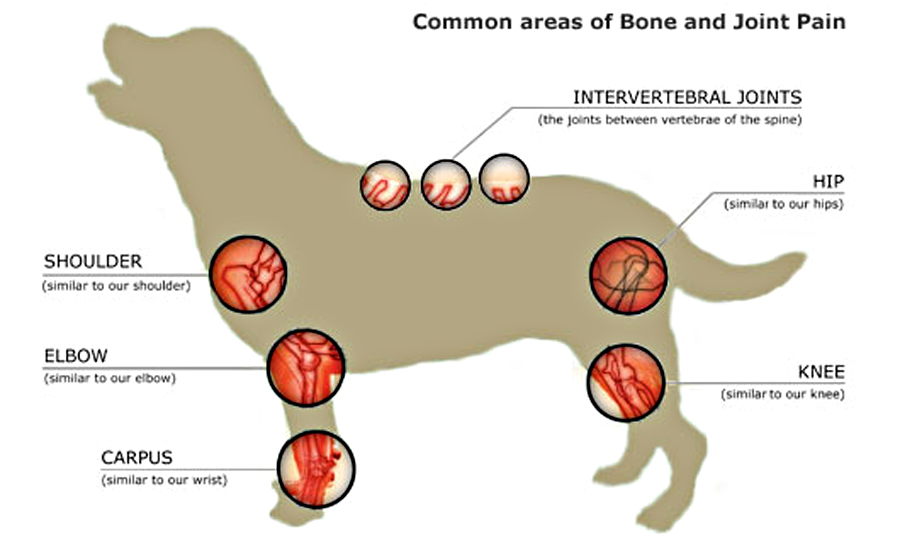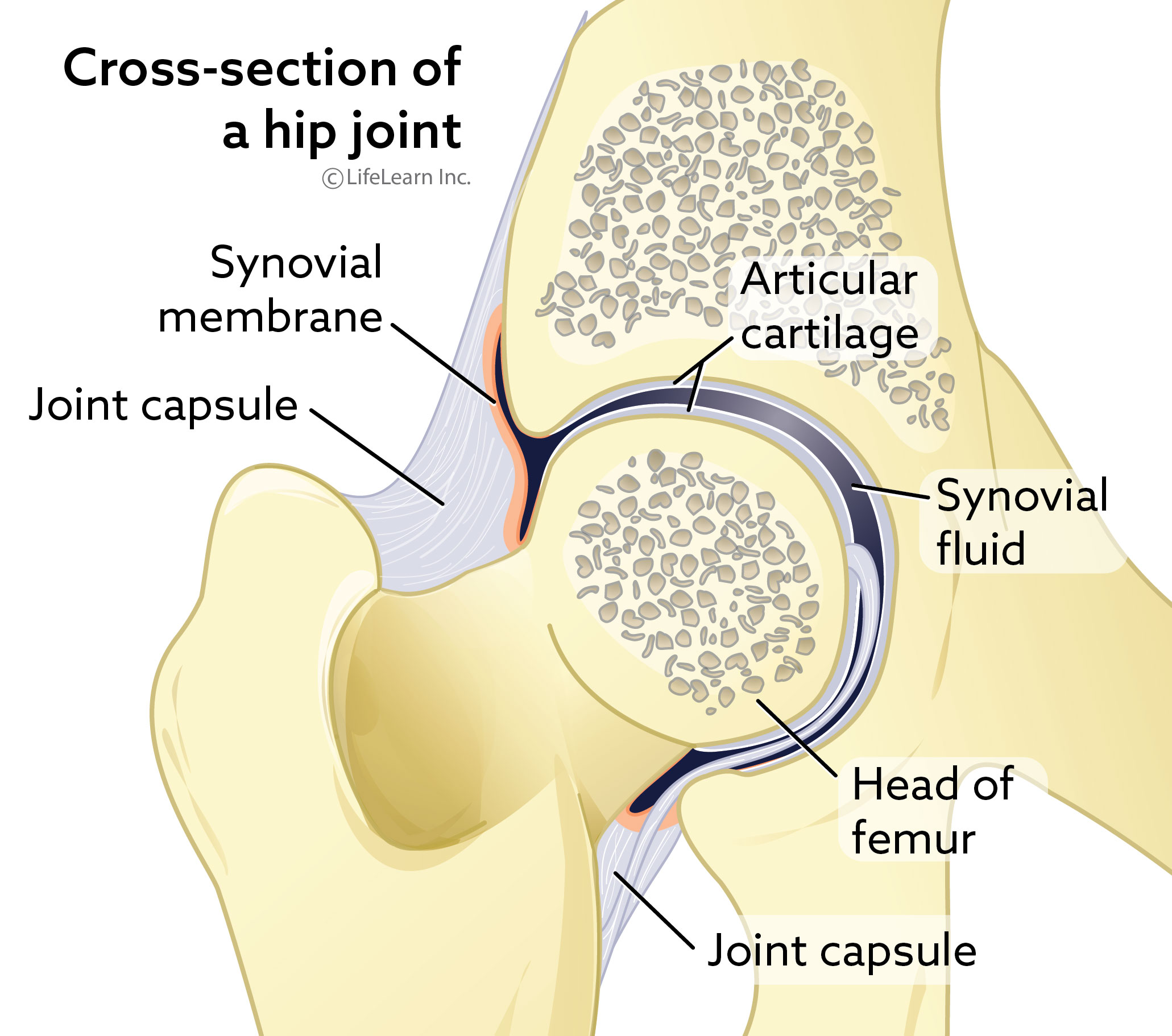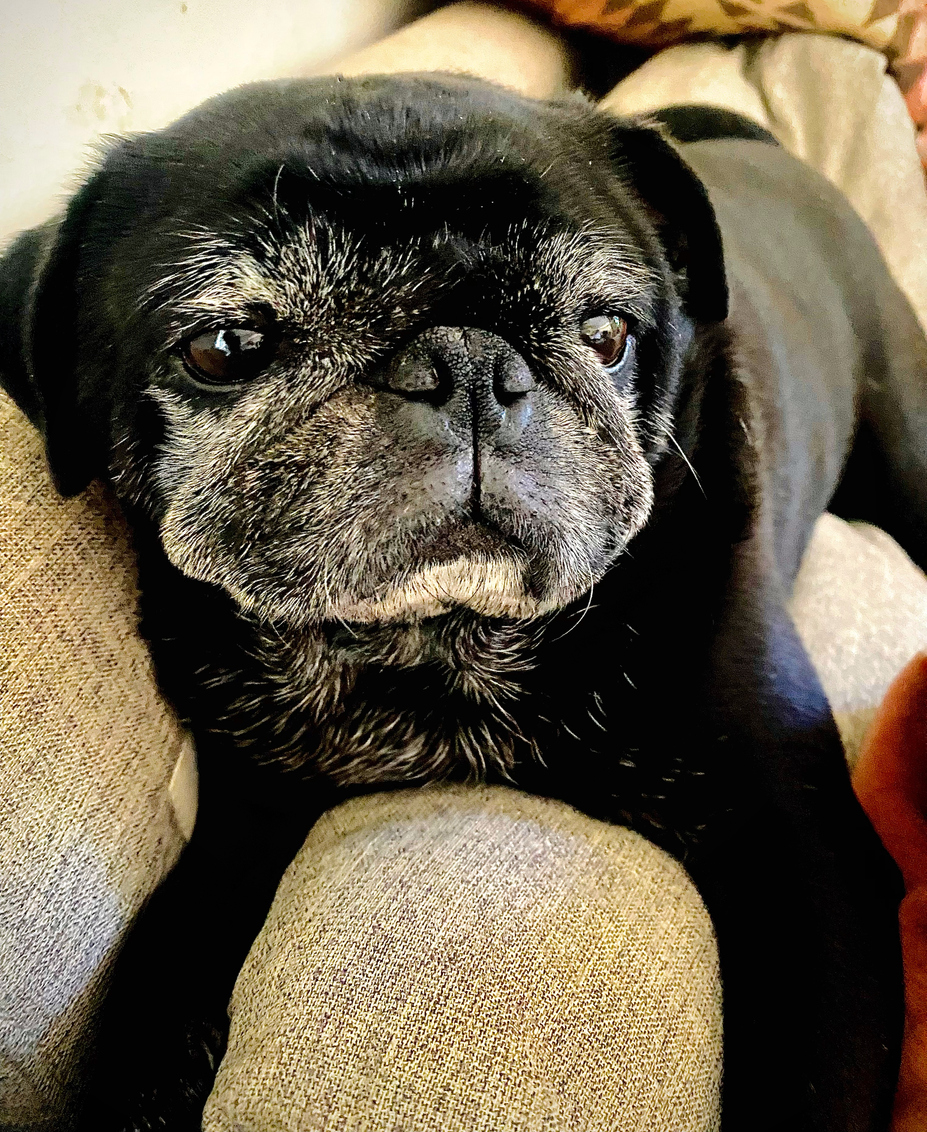Canine Breed-Specific Joint Disease
What is Degenerative Joint disease?
Degenerative joint disease refers to damage in both the appendicular and axial skeletal systems, with most of the cases diagnosed as osteoarthritis (OA). OA in itself implies a joint problem, primarily associated with the degeneration and loss of cartilage and proliferation of bone in the form of osteophytes (bone spurs) around the joint. This results in a joint that has a reduced range of motion and one that is undergoing low grade inflammation as a result. This leads to a varying degree of pain and swelling of the affected joint(s). It is not uncommon for multiple joints to be affected in cats. OA often occurs as a primary problem with no easily identifiable underlying cause, but can also occur secondary to underlying developmental joint disease such as hip dysplasia, or subsequent to a joint injury such as an intra-articular (within the joint) fracture or luxation (dislocation).
What signs might I see in my dog?
Dogs can exhibit many different signs when they have OA and they do not necessarily demonstrate all the same signs at the one time. The most common signs an owner might notice include:
- Difficulty getting up and down
- Stiff gait
- Lameness in one or more legs
- Reluctance to go up and/or down stairs
- Reluctance to jump up or down (onto/off furniture or into/out of a vehicle)
- Stiff, swollen, or sore joints
- Reluctance to be touched on some parts of the body
- Loss of stamina
- Unexpected aggression towards other dogs or humans.
What work up is involved?
Although the combination of history and exam findings may lead to a high suspicion of joint disease, radiographic changes should be completed to confirm a diagnosis. The primary signs seen on radiographs include the presence of periarticular osteophytes (bone spurs), although this is not always present or easily identifiable in every case. Increase in radiographic opacification of surrounding joint structures or within the joint (particularly the knee) may also aid in diagnosis.
It is also important to understand that OA may be present in the absence of obvious radiographic changes.

Are certain breeds affected by particular joint diseases?
Certain breeds do appear to be more affected more than others. This is due to both conformation issues related to breed standards and genetic/heritability components, increasing the likelihood of the development of joint disease. We are seeing more genetic and joint issues over time due to poor breeding.
Breeds inclusive of but not limited to Rottweiler, Golden Retriever, and Labrador Retriever have an increased risk of cruciate ligament rupture (ACL injury in humans) compared to smaller dog breeds.
Mastiffs, Boxers, Italian Corso, German Shepherd, Golden and Labrador Retrievers, and Bermese Mountain dogs are at higher risk of Hip and Elbow dysplasia.
Smaller breeds such as Pomeranians, Chihuahua, Yorkshire terriers, and French Bulldogs are at higher risk of developing patella luxation (knee cap instability) compared to mixed breeds.



